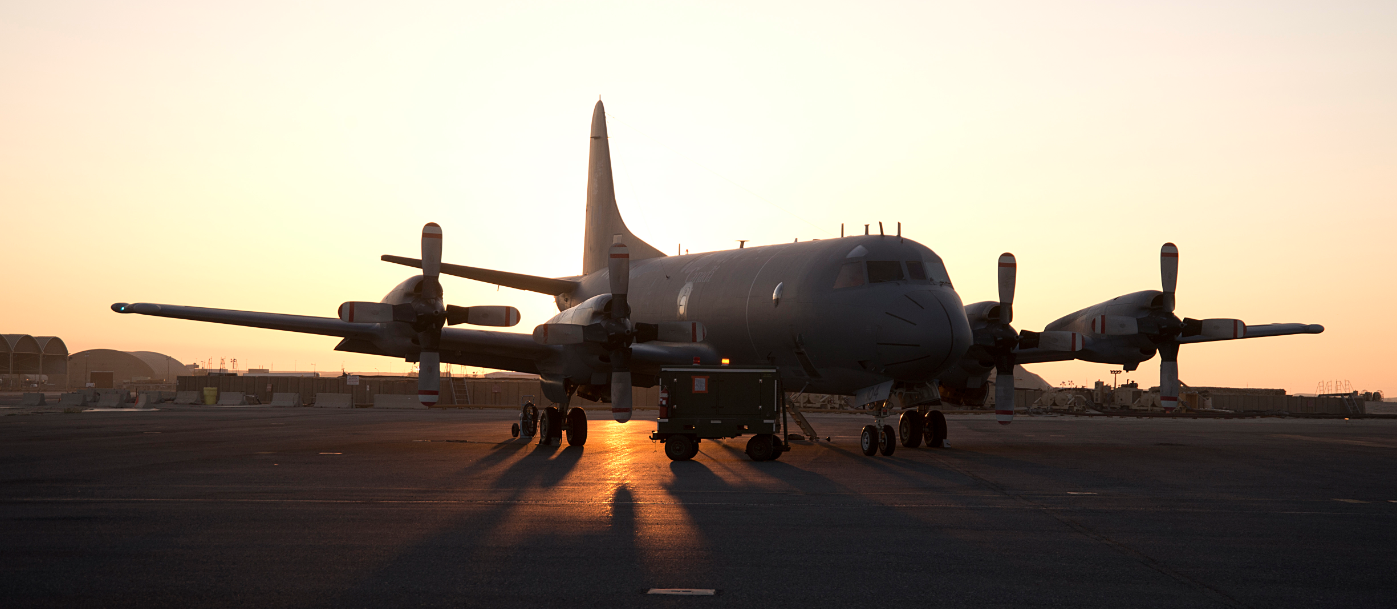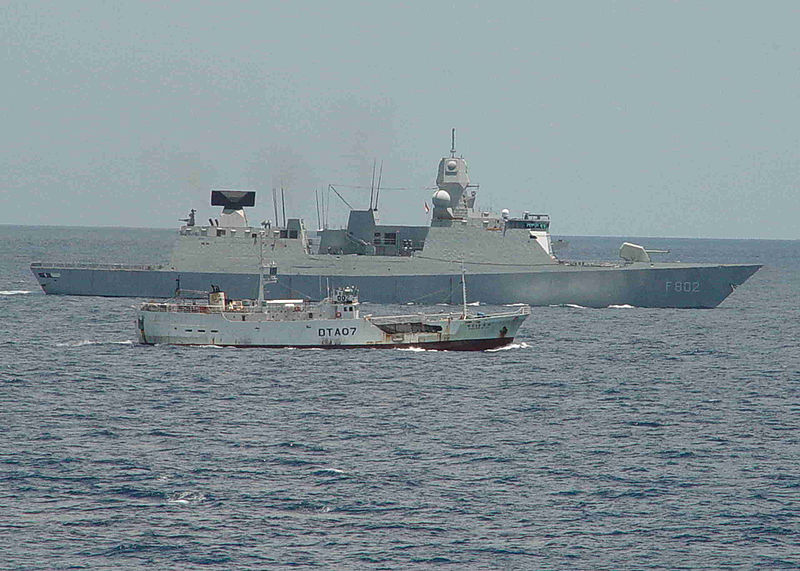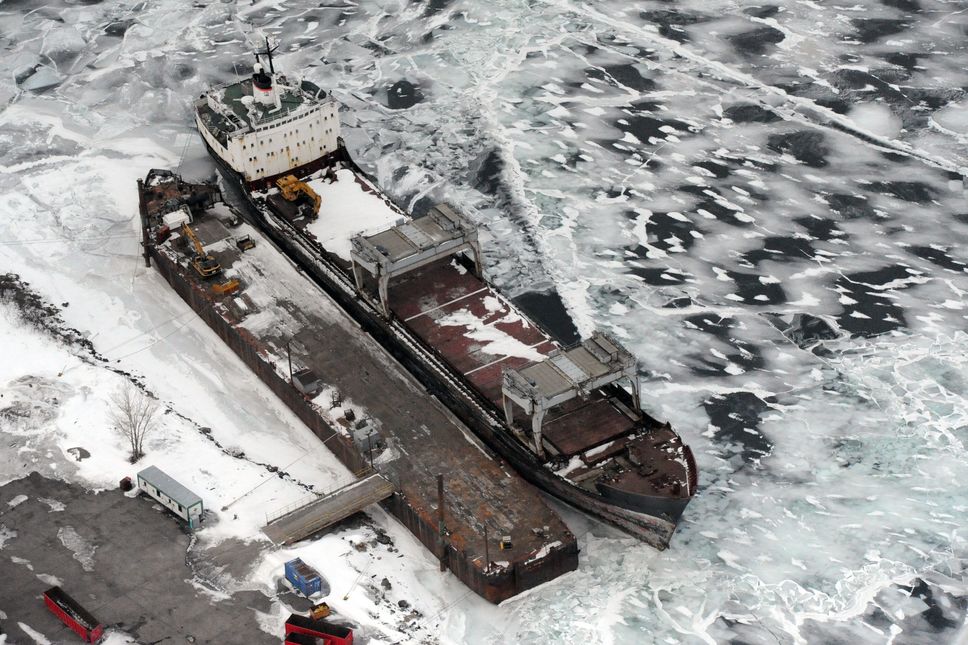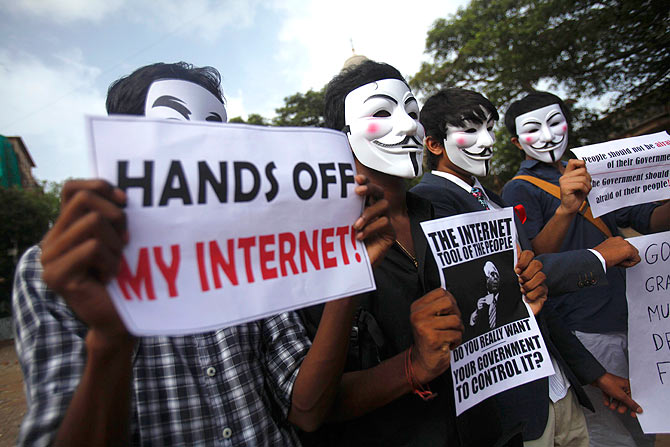This final section examines the Canadian context for UAV development and use. Canada has unique security concerns, and distinct guidelines for operational deployment. UAVs may play an important role in Canada’s current Defence priorities, namely Arctic surveillance and sovereignty, supporting the allied coalitions in international conflicts, and domestically promoting a security agenda. However, certain logistical and strategic elements present challenges to UAV procurement.
The Arctic: The unmanned frontier
For Canada, drone acquisition is imperative for reasons apart from the response to terrorism. Royal Canadian Air Force Commander, Lieutenant-General Yvan Blondin, has stated that first and foremost, drones will be the ‘eyes in the sky’ over the Arctic.
Surveillance of Canada’s North is essential to protecting Arctic Sovereignty, one of the primary defence priorities for the 21st century. The strategic importance of the region is becoming clear, as both China and Russia are increasing their military presence in the Arctic. These security threats, and the surveillance technology gap between Canada and its allies are driving forces behind the CAF’s push for drone technology.
Ongoing territorial disputes means that Canada needs to strengthen its presence in contested regions. Operating UAVs over Arctic skies would allow Canada to assert its territorial claims, and monitor its vulnerable borders. Canada is also concerned about protecting the wealth of natural resources in the Arctic Circle, as climate change is rapidly altering the geographical landscape. The ability to monitor these changes will help maintain Canada’s environmental and sovereignty interests.
Currently, the CP-140 Aurora, is used for Arctic surveillance. UAVs could take over many of the Aurora’s current duties, including anti-surface warfare, maritime and overland intelligence, surveillance and reconnaissance (ISR), strike coordination, and search and rescue (SAR) missions.
UAVs offer an attractive alternative to the Aurora. They are well suited for the time-consuming, persistent surveillance, and can enhance the information collection systems currently in place, such as RADARSAT and the human intelligence units. In the remote and sparsely settled region, UAVs can also provide valuable humanitarian resources, providing Search and Rescue support or delivering emergency supplies.
Although UAVs have many desirable characteristics, they are not yet a perfect replacement for manned aerial surveillance. The ability to operate in extreme climate conditions is a challenge for possible UAV platforms. The current state of communications technology is also a significant limiting factor.

Satellites provide the necessary link between the controller and the UAVs. According to the Canadian Space Agency (CSA), the Arctic region of Canada lacks ‘secure, reliable and high-capacity telecommunication’ options. The CSA is working to improve communication above 60ᵒN with the Polar Communication and Weather mission. However, it does not appear that the technology will be ready in the near future. Satellites are also vulnerable to interception and malfunctions. If any breakdown in communication were to occur, an entire fleet of UAVs could become entirely useless.
Modified versions of current UAV operating platforms, notably the Northrop Grumman Polar Hawk, would be able to work around the region’s intermittent satellite coverage. However, the modifications would substantially increase projected costs. As the requirements for the UAV platform have not yet been finalized, JUSTAS planners are not yet ready to commit.
The ease with which technological modifications were proposed also reflects another inherent problem with UAV acquisition. The rapid pace of technological innovation means that the capabilities of UAVs are evolving faster than JUSTAS’s ability to commit to requirements. It’s difficult to predict what functional characteristics UAVs will provide in the near future. The CAF will not want to miss out on these potential applications. Unfortunately, this means it is already losing out on the opportunity to employ drones now.
Usage Concerns
In addition to these complications, regulatory issues have also hampered the acquisition process. Canadian airspace is controlled by Transport Canada, a federal agency. Under Transport Canada guidelines, operators of Class III UAVs need to request permission before flying, as well as follow other strict regulations. The agency has determined that it will allow the CAF to fly without pre-approval, but the authorities of foreign air spaces may not be so permissive.
For example, the European Safety Agency banned German defence UAVs from flying, citing safety concerns. When the regulating agencies do not give permission to access airspace, drone use becomes illegal. This may be problematic if the CAF is attempting to use UAVs for surveillance in hostile territories. As previously mentioned, no universal laws govern the use of drones. The constraints and permissions of each nation must be uniquely considered when the CAF deploys its UAVs abroad.
Canadians continue worrying, have not yet learned to love the drone
Domestically, JUSTAS planners are concerned more with public perception. With UAVs, the CAF could improve its ability to resolve international conflicts. The systems provide better intelligence, reduce collateral damage to human life and infrastructure, and provide options for missions which are too ‘dull, dirty, or dangerous’ for CAF personnel. Unfortunately, these capabilities are often overshadowed by the drone’s reputation as a machine of war.
The Rideau Institute, an Ottawa base think-tank, opposes the inclusion of ‘weapons technology’ in the UAV requirements. Another military expert, former RCAF fighter pilot, Fraser Holman, says that armed drones are ‘inconsistent with Canadian values’. However, he also goes on to say that, in the event that they are acquired, it is ‘unlikely’ that armed UAVs will be used in targeted killings, a principal objective of drones currently in use by Canada’s allies.

Targeted killings are responsible for ‘negative civilian impact’ and ‘human rights implications’, according to the UN investigation into drone attacks. This has contributed to the perception that the technology is being misused, and that the nature of the machines implies lowered levels of caution and oversight. However, concerns over insufficient accountability are not limited to drone attacks, it is a legitimate risk whenever lethal weapons are used.
Earlier this month, it was revealed that a CAF manned airstrike was possibly responsible for numerous civilian deaths in Mosul, Iraq. DND is refusing to discuss details of the allegation, and is maintaining its position that no investigation is required. Whether or not CAF personnel or equipment hold any responsibility for the deaths, the allegations reveal that civilian casualties, and convoluted lines of culpability, are already commonplace in modern warfare.
Facing these realities of armed conflict, it can be argued that the current approach to conflict resolution is in need of revolutionizing. Even though they still pose many risks, UAVs may offer this opportunity. Any military technology is a double-edged sword, creating equal potential for resolution and aggravation. Drone technology provides a way to humanely resolve conflicts, increasing situational awareness and the ability to eliminate threats with relative ease. However, the technology also threatens peace keeping interventions by placing psychological stress upon operators and local populations, and sparking a technological arms race with an uncertain end.
Delays in UAV procurement are a result of a complex network of factors, but this does not necessarily mean that JUSTAS will not prevail. In order to have an effective and safe UAV program, DND will need considerable infrastructure improvements; enhanced personnel preparedness and support, advanced communication systems, and clearly defined strategic guidelines for UAV operations. If UAVs are acquired at a point in time after these improvements are in place, the CAF will not only acquire an advantage in modern conflict resolution, it will establish itself as a leader in defence and security.




